Tālofa Lava! Welcome to Vaiaso o le Gagana Sāmoa, Sāmoa Language Week 2023!

Download a Sāmoa Language Week poster!
What is Sāmoa Language Week?
Sāmoa Language Week | Vaiaso o le Gagana Sāmoa is celebrated this year from 28 May – 3rd June 2023. This is a chance for all New Zealanders to celebrate Sāmoa language, Sāmoan culture in New Zealand and around the world, and to promote the use of Sāmoan language in schools, at work and at home.
Did you know that nearly 4% of New Zealanders are Sāmoan? That’s almost 200,000 people! Gagana Sāmoa is the 3rd most spoken language in Aotearoa, New Zealand!
Being proud of your language is such an important part of feeling proud of your culture. This year’s theme for Vaiaso o le Gagana Sāmoa is:
‘Mitamita i lau gagana, maua’a lou fa’asinomaga’ which means ‘Be proud of your language and grounded in your identity’.
This blog was written using the topics explored on the from the Ministry of Pacific Peoples Website. You can read the original article here: Ministry for Pacific Peoples — Sāmoa Language Week 2023 (mpp.govt.nz)
Feel proud about being Sāmoan!
When you feel proud and strong in your Sāmoan language and identity, it helps you feel good about yourself. How does this work? When you can speak your language, you will feel stronger in your identity as a Sāmoan. This gives you confidence in yourself and confidence helps you feel good. Don’t worry if you don’t know many words yet, try to practice the ones that you have everyday!
Did you know there is such a thing as ‘ancestral language’ ?
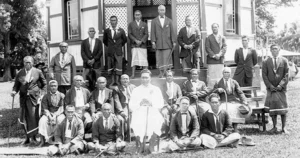
Tupua Tamasese Lealofi III in front of the Mau office in Vaimoso village, near Apia, 1929. by Alfred James Tattersall. Ref: PAColl-0691-2. Alexander Turnbull Library.
Sāmoan ancestral language included symbols, signs, environmental landmarks, events and gestures. These may be the same that the ancestors used hundreds of years ago. They are an important part of Sāmoan history, even though sometimes they can be intangible, which means things that maybe difficult to touch, or record. Be proud of your language that was created and grown by our ancestors.
- Here’s a cool free activity book from Te Papa! See if you can discover some ancestral language in it.
Be proud of your spiritual language
The Sāmoan language is such an important part of our churches and is nurtured in church programmes and activities such as Sunday school, youth groups, choirs and church services. The church plays an important role in ensuring the Sāmoan language thrives, and that Sāmoan people are proud of their language.
You could meet Suliana Vea from the Alexander Turnbull Library!
To celebrate Vaiaso o le Gagana Sāmoa your family can join Suliana Vea from the Alexander Turnbull Library and Ulu Afaese from Digital Pasifik to explore the Sāmoan collections held at the Library, on Thursday 1 June 2023, 5:45pm to 6:45pm! If don’t already know about these collections, they are awesome! You can also find out how you can contribute to the Digital Pasifik website. Why not ask your whanau if they will take you?
- Find out more here: Sāmoan Collections Event, National Library.
Be proud of your language in your families

Pride in Gagana Sāmoa, Sāmoan language, begins in the home. The family is the first classroom for Sāmoans. We are first taught in our homes how to speak and show respect to elders and others. You learn how to invite people to eat, as well as know how to acknowledge gifts of food that people bring with them. Be proud of your family!
Be proud of your written language
As our world changes, Gagana Sāmoa also needs to adapt and change. Our written language is now becoming more valued in schools, workplaces, places of worship, and many other areas of our lives. It is a wonderful thing to learn how to read, understand, speak and write Gagana Sāmoa. Be proud of your written language and you can teach your friends! Come and have a look at our new Sāmoan books in the Library. There are more and more Sāmoan authors writing and publishing more books everyday! Maybe you could grow up to write your own!
- Check out this super cool website Digital Pasifik which is taking the Sāmoan Language and culture in the future!
Get your younger brothers and sisters and listen to a storytime!
Here is a storytime in English and Gagana Sāmoa, How Do You Say ‘Thank You’? by Karamia Müller. Many thanks to the publisher Beatnik Publishing for allowing us to share this story!
Lewis Ioane made this video when he worked for Wellington City Libraries and now he works at the Porirua City Libraries!
Find Out More:
- Samoan Language Week 2023 – Wellington City Libraries Blog a marvellous all-ages blog post by our librarian colleague Hibiscus Tupua-Wilson, from our news blog.
- Ministry of Pacific Peoples has a huge range of information and resources for Sāmoa Language Week.
- Check out what NZ schools are doing over on curriculum online.
- Here’s a cool free activity book from Te Papa!
- The official Gagana Sāmoa i Aotearoa Facebook Page
- This is an older cool blog from the National Library by Samuel Beyer, which has links to more resources.
You can also visit your local library and borrow some amazing books to learn more about Sāmoan culture, and practice the language. All our libraries have Sāmoan books but Te Whare Pukapuka o Omārōrō Newtown Library has the biggest collection! If you don’t have a library card- you can sign up for free. If you are worried about fines – just talk to the staff, they can help.
Awesome Sāmoan books in our collection:
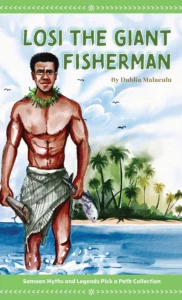 Losi the Giant fisherman : Samoan myths and legends pick a path collection / Malaeulu, Dahlia
Losi the Giant fisherman : Samoan myths and legends pick a path collection / Malaeulu, Dahlia
Losi the Giant was the greatest fisherman across all the moana. A mischievous and loyal friend to sea creatures and all humans, Losi will always be remembered as the hero who brought taro, the food of the Gods’, to Earth.
Author and Publisher Dahlia Malaeulu lives in Wellington and has written and published lots of Sāmoan books. You can read her blog about how Losi the Giant fisherman was shaped by her son Mase who has Autism.
Available from Mila’s Books!
Also, read this really interesting article on the Spinoff!
Sāmoan heroes / Riley, David
“A collection of inspirational stories of achievers who have Sāmoan ancestry. It includes: contemporary heroes like Dwayne ‘The Rock’ Johnson, Troy Polamalu, Judge Ida Mālosi, Savage and Associate Professor Donna Adis; historical figures like Emma Coe, Tamasese, Salamāsina and Lauaki; legends like Sina, Tiʻitiʻi and Tigilau”–Back cover.” (Catalogue). Also available as an eBook.
Fanene Peter Maivia : son of Sāmoa / Riley, David
“Fanene Peter Maivia – Son of Sāmoa is the remarkable story of the first Polynesian to become a star of professional wrestling. Fanene’s life began in Sāmoa and he took Sāmoa to the world. He was a pioneer who inspired some of the greatest wrestlers the world has known, including his own grandson, Dwayne “The Rock” Johnson.”–Publisher’s description.” (Catalogue). Also available as an eBook.
Brush up on your geography and history with…
Sāmoa / Aiono-Iosefa, Sarona
“Did you know that the English word ‘tattoo’ is supposedly derived from the Sāmoan word ‘tatau’? Find out about the traditional methods still used by Sāmoans to apply the amazing tattoos worn by many of the islands’ people today. In this book you will discover that an ‘ie toga is a beautiful and intricate fine mat, woven by Sāmoan women and used as highly prized gifts, which are made and given to celebrate important occasions. You can also study the climate, population, social structure and political history of the thirteen islands that make up the beautiful countries of American Sāmoa and independent Sāmoa (formerly Western Sāmoa).” (Catalogue).
Sāmoa & Tuvalu / Guile, Melanie
This book contains information about the history, culture and people of Sāmoa and nearby Tuvalu. A great book to have just in time for Sāmoan Language week.
Learn some simple words and phrases
- Tālofa lava: Hello (formal)
- Mālō le soifua: Hello/Good health
- ‘O ā mai ‘oe? How are you? (to one person only)
- Manuia fa‘afetai: Good, thank you
- Manuia le aso: Have a great day
- Tōfā soifua: Good bye (formal)
Faʻafetai lava ma ʻia manuia tele le Vaiaso o le Gagana Sāmoa!
Thank you and have a very blessed Sāmoan Language Week
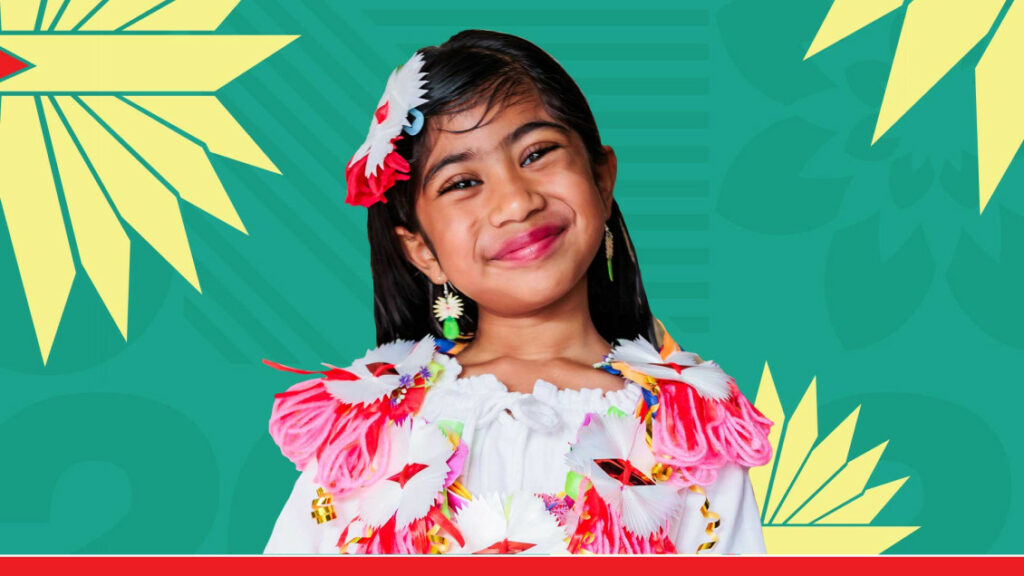
 As Salaamu Alaykum & Eid Mubarak to our Muslim whānau!
As Salaamu Alaykum & Eid Mubarak to our Muslim whānau!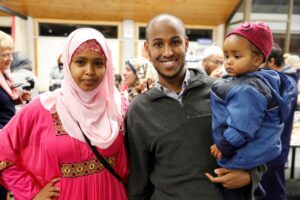

 In Aotearoa New Zealand 2023, Eid Day will fall on either Saturday 22nd or Sunday 23rd of April – it all depends on the sighting of the moon. Traditionally, Eid al-Fitr begins at sunset on the night of the first sighting of the crescent moon. Everyone needs to give money to charity (meaning to people who are poor or needy) which is called Zakat-ul-Fitr. After that there is a special ‘Eid prayer’.
In Aotearoa New Zealand 2023, Eid Day will fall on either Saturday 22nd or Sunday 23rd of April – it all depends on the sighting of the moon. Traditionally, Eid al-Fitr begins at sunset on the night of the first sighting of the crescent moon. Everyone needs to give money to charity (meaning to people who are poor or needy) which is called Zakat-ul-Fitr. After that there is a special ‘Eid prayer’.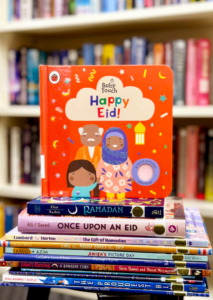 In the Library we have a new Celebration Collection for Ramadan and Eid. This means we have a lot of beautiful new books about Ramadan and Eid-al-Fitr that are available at this time of the year.
In the Library we have a new Celebration Collection for Ramadan and Eid. This means we have a lot of beautiful new books about Ramadan and Eid-al-Fitr that are available at this time of the year.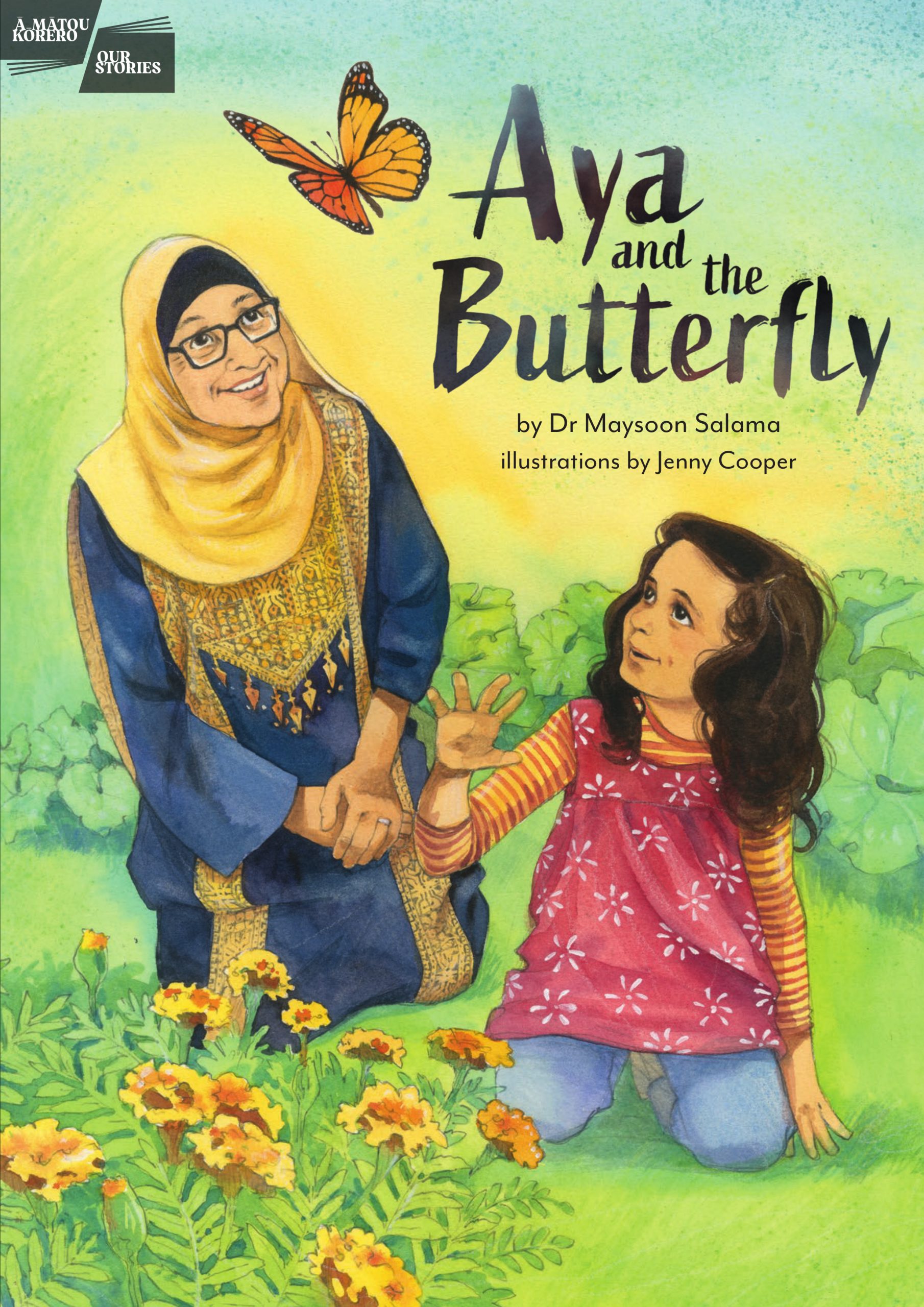


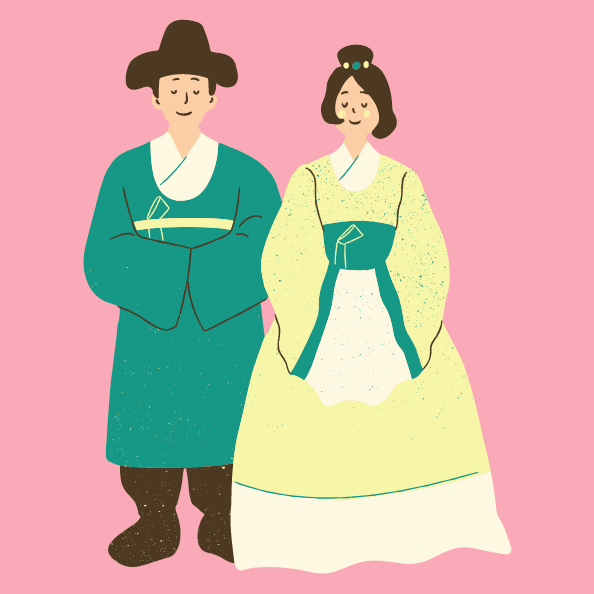
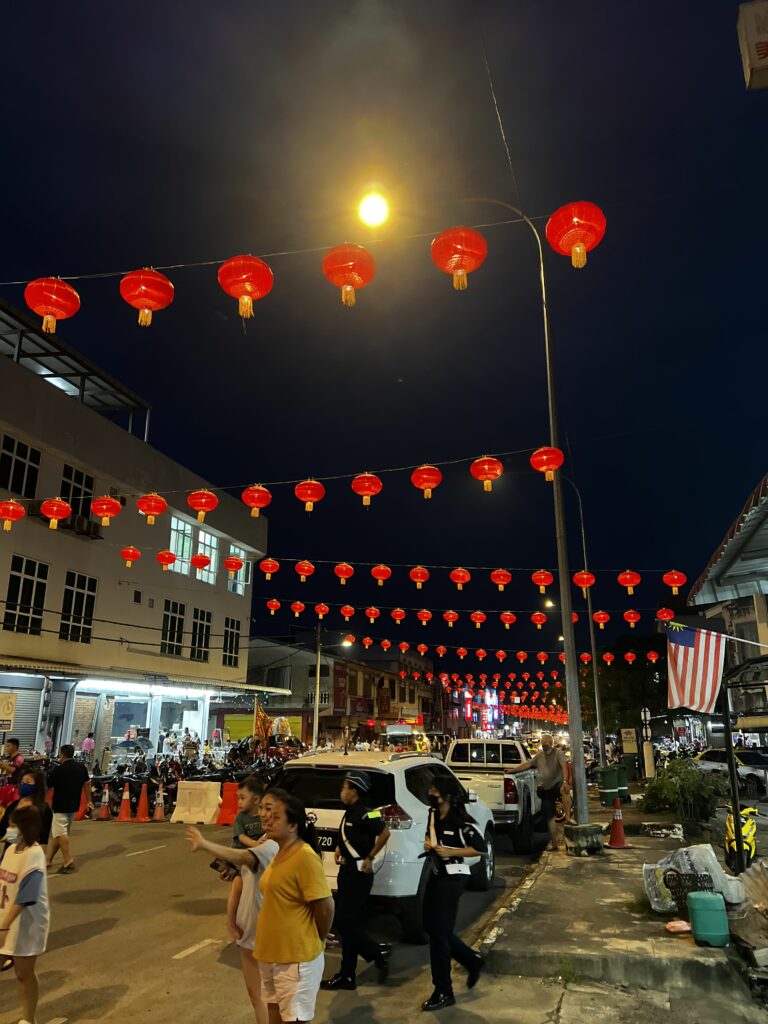
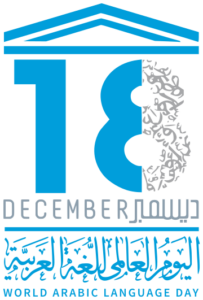

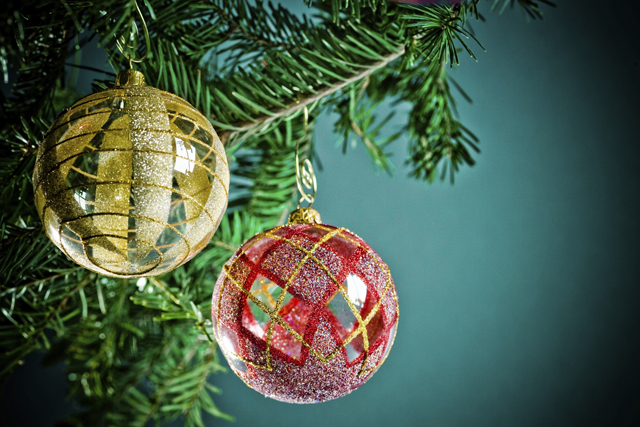
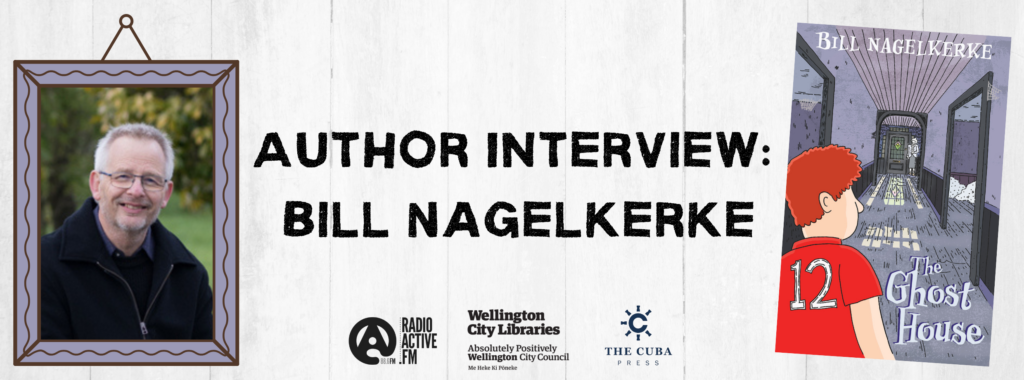
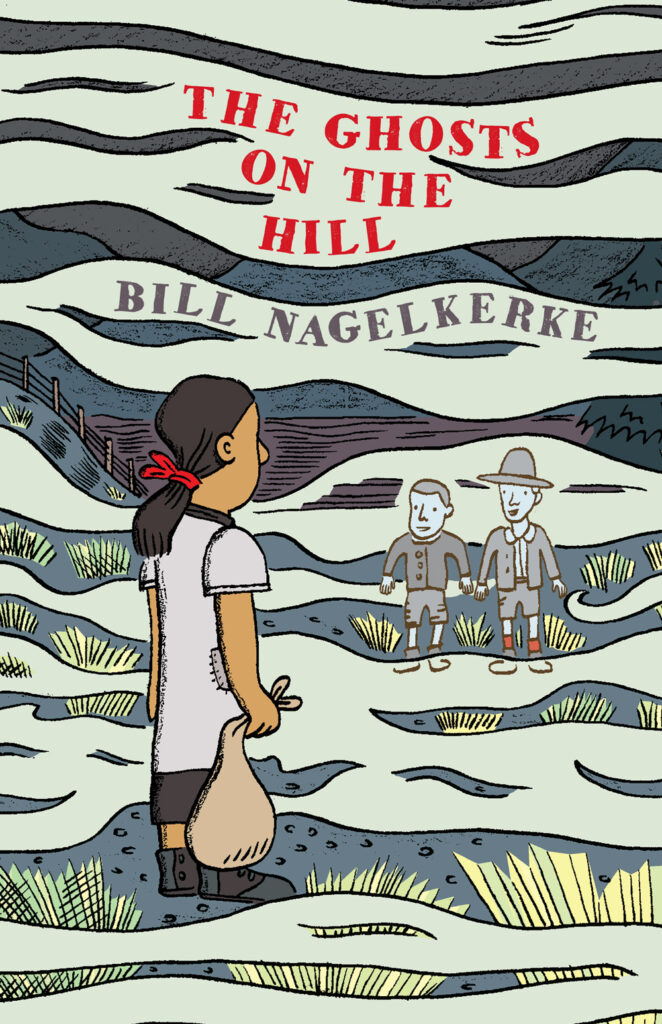 The ghosts on the hill / Nagelkerke, Bill
The ghosts on the hill / Nagelkerke, Bill



